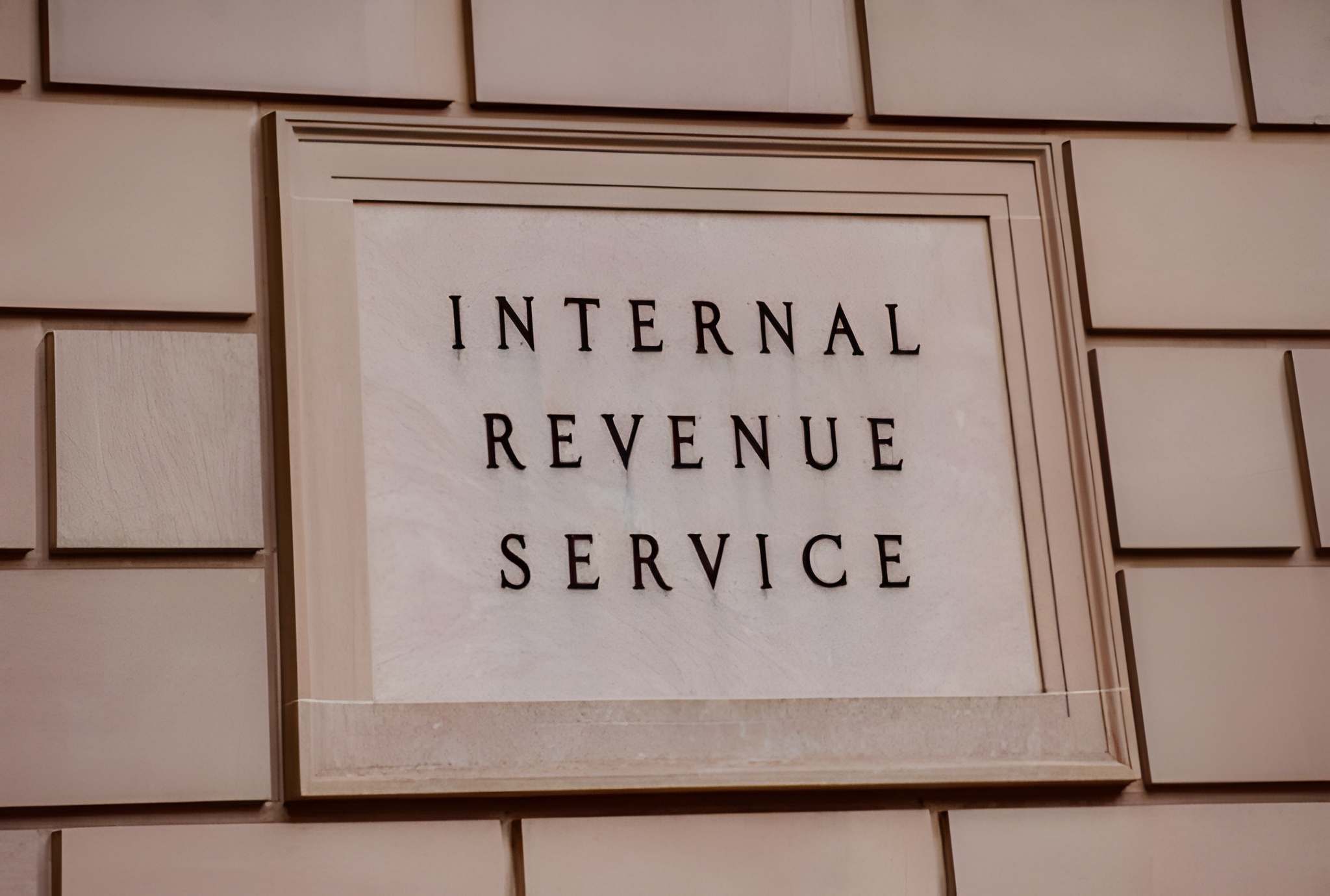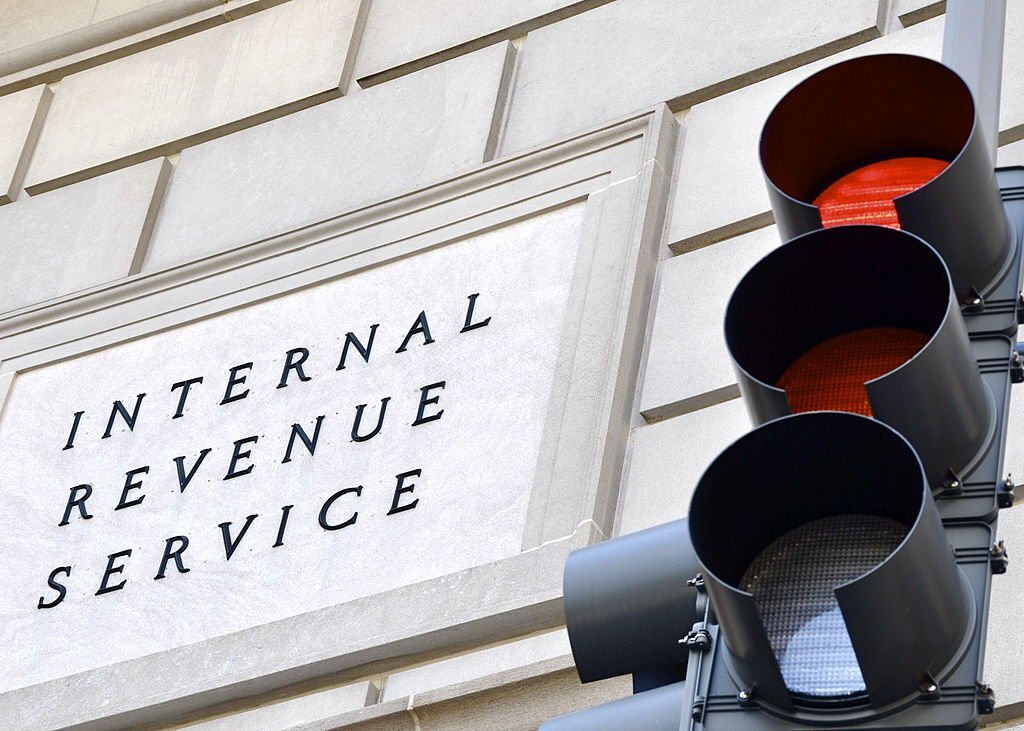“Thanks to Congress, small businesses have several tax benefits available on their 2012 income tax return they otherwise would not have had,” says James Keller, a senior tax analyst at Thomson Reuters. Below, Keller explains the more important business tax breaks found in the American Taxpayer Relief Act of 2012 (Relief Act), as well as several other tried and true tax benefits available to small businesses.
Bigger Section 179 Deduction: According to the Relief Act, businesses can immediately deduct up to $500,000 of eligible equipment and software purchases made in tax years beginning in 2012 and 2013. (This is referred to as the Section 179 deduction.) Without these changes, the maximum Section 179 deduction would have been $139,000 and $25,000 for tax years 2012 and 2013, respectively. So, Congress gave businesses an extra Section 179 deduction of up to $361,000 for the 2012 tax year and $475,000 for the 2013 tax year, notes Keller.
Better Real Property Depreciation Rules: Historically, the Section 179 write-off could be claimed for purchases of equipment and software but not real property. However, the Relief Act retroactively restored the Section 179 deduction for up to $250,000 of qualified leasehold improvements, restaurant property, and retail improvements placed in service in tax years beginning in 2012 and 2013. In addition, a 15-year write-off is available for the remaining cost of this property. Otherwise, these three categories of property would be depreciated over a very long 39-year period.
Other Tax Breaks Extended: Due to the Relief Act, employees can receive tax-free parking allowances, transit passes, or vanpooling worth up to $240 per month in 2012. Otherwise, the monthly limit for transit passes and vanpooling would have been $125. “Congress was even more generous with employer educational assistance plans,” says Keller. “It permanently extended the provision allowing employers to provide up to $5,250 in annual tax-free educational assistance to each employee.” Both undergraduate and graduate school costs are eligible; and the education need not be job-related.
The Relief Act also extended the availability of several business tax credits that had expired. Most notably, it extended the deadline for employing individuals whose wages are eligible for the work opportunity tax credit. Now, all employees who belong in one of the “targeted groups” must begin work for the employer by December 31, 2014, notes Keller.
S Corporation Built-in Gains Tax Break: The Relief Act also offers a tax break for S corporations. Keller explains that a major deterrent to existing corporations electing S status is the built-in gains tax, which is assessed at the highest corporate tax rate during the 10-year recognition period beginning with the first day the S election is effective. The tax is triggered by the disposition of assets on hand when the S election became effective whose fair market value exceeded their basis on that date. According to the Relief Act, the tax will not be imposed during tax years beginning in 2012 and 2013, if the fifth year of the 10-year recognition period ends before that tax year began. Therefore, the tax does not apply to a 2012 disposition by a calendar-year corporation that elected S status on or before January 1, 2007.
Claiming Domestic Production Activities Deduction: Though originally intended for manufacturers, this deduction is based on “qualified production activities” and the definition of those activities is quite broad, explains Keller. For example, the deduction can be based on the gross receipts from construction in the U.S.; civil engineering and architectural services for U.S. construction projects; software production; film and videotape production, renting, and licensing; farming; and the processing of food (but not the sale of food and beverages prepared at a retail establishment). While the rules can be complex, there are a number of safe harbors that can ease the computation burden. One caveat: the deduction is limited to 50 percent of the business’s W-2 wages for the year allocable to domestic production gross receipts. This can create problems for businesses that have few employees or subcontract their work to others.
Deducting Business Bad Debts: To claim a bad debt deduction, there must be a true debtor/creditor relationship. Unpaid accounts or trade receivables can qualify assuming the income has been recognized in the current or a prior tax year. It is not absolutely necessary for the business to sue and show the judgment is uncollectible. Proof that legal action to collect would in all probability be unsuccessful should be sufficient to justify a deduction. The business can deduct a partially or wholly worthless debt; however, Tax Court cases show that the business is not required to take a deduction in the year a debt becomes partially worthless. The business can deduct none, part, or all of the amount charged off for book purposes in that year. Alternatively, the entire debt can be deducted in the tax year it becomes wholly worthless.
Business Use of an Auto: To simplify recordkeeping, businesses can use a standard mileage rate to value an employee’s personal use of a business-provided vehicle. There are several restrictions, including one against using the method if the value of the vehicle exceeds an annually-adjusted amount ($15,900 for autos and $16,700 for trucks or vans in 2012). The standard mileage rate can also be used to value the business use of a personally–owned vehicle. The amount for both purposes is 55.5 cents per mile for 2012. Using a standard mileage rate eliminates the need to document the actual amount spent, although other elements (i.e., dates, location, miles, and business purpose) must be proven.
Taxpayers should consult with a tax adviser before applying these or other tax strategies.
Thanks for reading CPA Practice Advisor!
Subscribe Already registered? Log In
Need more information? Read the FAQs
Tags: Income Taxes, IRS, Small Business



